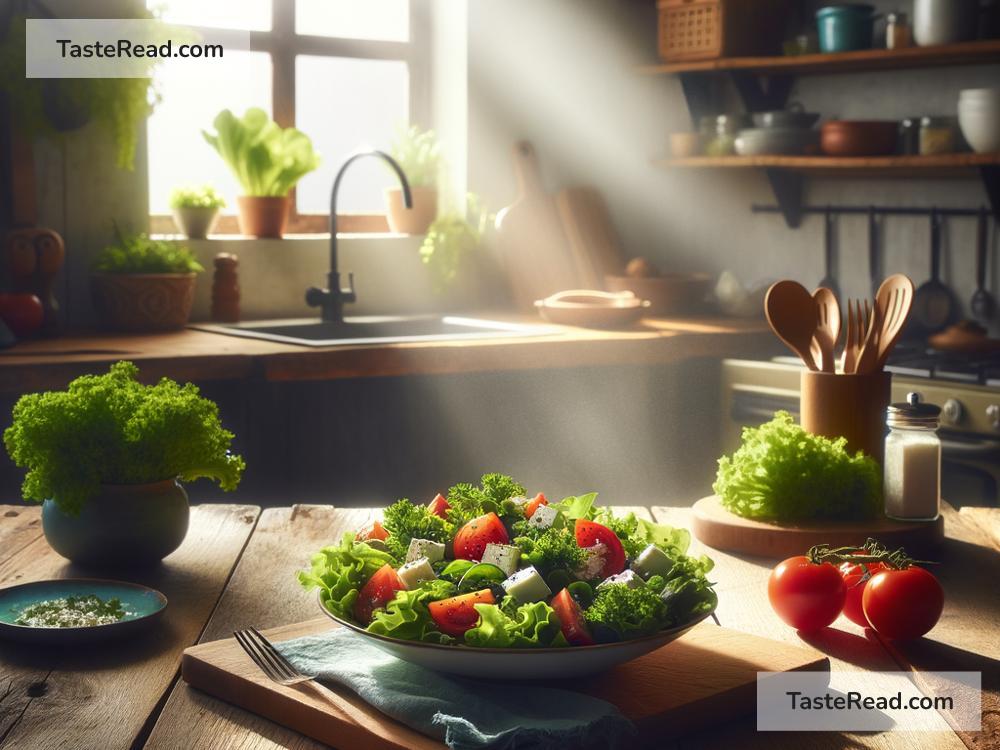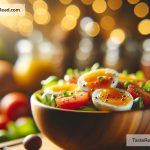How to Use Backlighting in Food Photography for a Soft Effect
Food photography has become an art form in its own right, capturing the essence of culinary creations in a way that tantalizes the taste buds through visuals alone. One of the techniques that can significantly elevate the allure of your food photography is the adept use of backlighting for a soft, inviting effect. But how does one go about it without needing a professional studio or equipment? Let’s dive into the simple steps and tips to master the soft backlighting effect in your food photography.
Understanding Backlighting
Before we get into the “how,” it’s important to grasp the “what.” Backlighting in photography refers to a technique where the light source is positioned behind the subject of the photograph. In the context of food photography, this means the light (natural or artificial) illuminates the food from the back. When done correctly, backlighting highlights the delicate textures, vibrant colors, and subtle steam or smoke, creating an inviting and almost ethereal visual appeal.
Step 1: Choose Your Light Source
The first step to using backlighting effectively is to choose your light source. Natural light from a window can work wonders and is often the easiest to start with for beginners. If you’re using artificial lighting, ensure it’s not too harsh or direct to avoid overpowering the food’s natural appeal.
Step 2: Position Your Food
Once you have your light source sorted, it’s time to position your food. The key here is to ensure that the light hits the food from behind at an angle that accentuates its features without creating harsh shadows. You might need to adjust the angle of either your food or the light source (or both) to find that sweet spot.
Step 3: Diffuse the Light
One of the secrets to achieving a soft effect with backlighting is diffusing the light. If you’re using natural light from a window, sheer curtains can serve as a perfect diffuser, softening the light before it reaches the food. For artificial light sources, diffusion materials like frosted shower curtains or professional diffusers can be used to soften the light. The goal is to have a gentle, even spread of light that glorifies the food without overpowering it.
Step 4: Use Reflectors
While backlighting illuminates the back and sides of the food, the front might be left in shadow, especially in cases of stronger backlight. This is where reflectors come in handy. A simple white board or a professional reflector placed in front of the food, opposite the light source, can bounce some light back onto the front of the food, ensuring it’s evenly lit. This adds depth and dimension to your shot, making the food look even more inviting.
Step 5: Experiment with Settings and Composition
No two dishes are the same, and as such, playing around with your camera settings and the composition of your shot can greatly impact the outcome. Experiment with different apertures, shutter speeds, and ISO settings to see how they alter the effect of the backlighting. Additionally, try various compositions and angles, such as shooting at eye level or from above, to see how the backlight interacts with the food differently.
Tips for Success
- Timing is Everything with Natural Light: If using natural light, the time of day can drastically affect the softness and direction of the light. Early morning or late afternoon when the sun is lower can provide a beautiful, soft backlight.
- Mind the Background: A cluttered background can distract from the food. Opt for simple, neutral backgrounds that complement the food without competing for attention.
- Add a Little Steam: For warm dishes, capturing a bit of steam against the backlight can add a whole new level of allure to your photograph. A simple trick is to microwave water-soaked cotton balls and strategically place them behind the dish out of sight.
Conclusion
Backlighting, when used effectively, can breathe life into your food photography, transforming simple dishes into mouth-watering masterpieces. By following these steps and tips, beginners and seasoned photographers alike can master the soft backlighting effect, making their culinary captures stand out. Remember, the essence of great food photography lies in experimentation and creativity, so don’t be afraid to play around with backlighting and find what works best for you.


